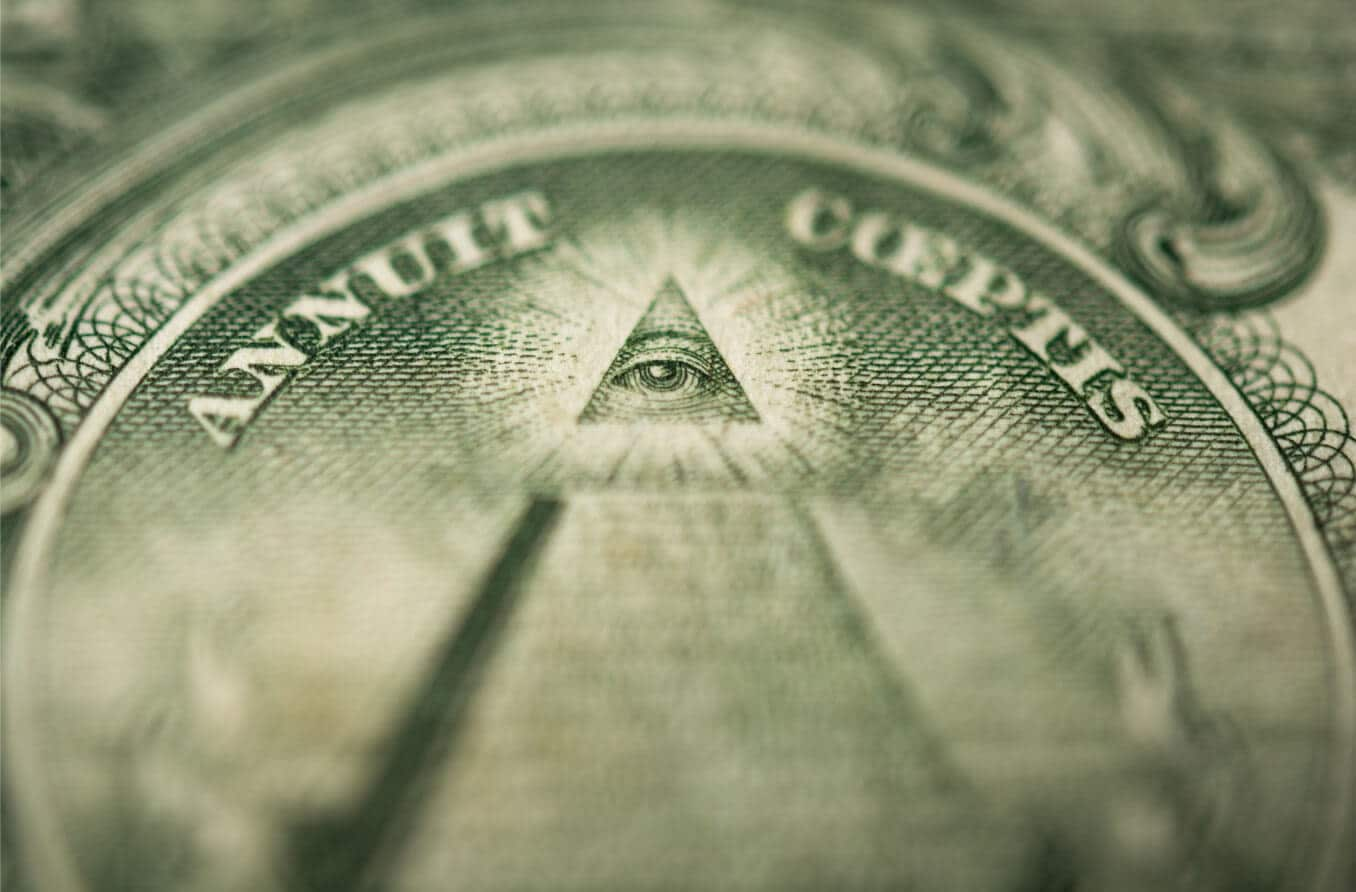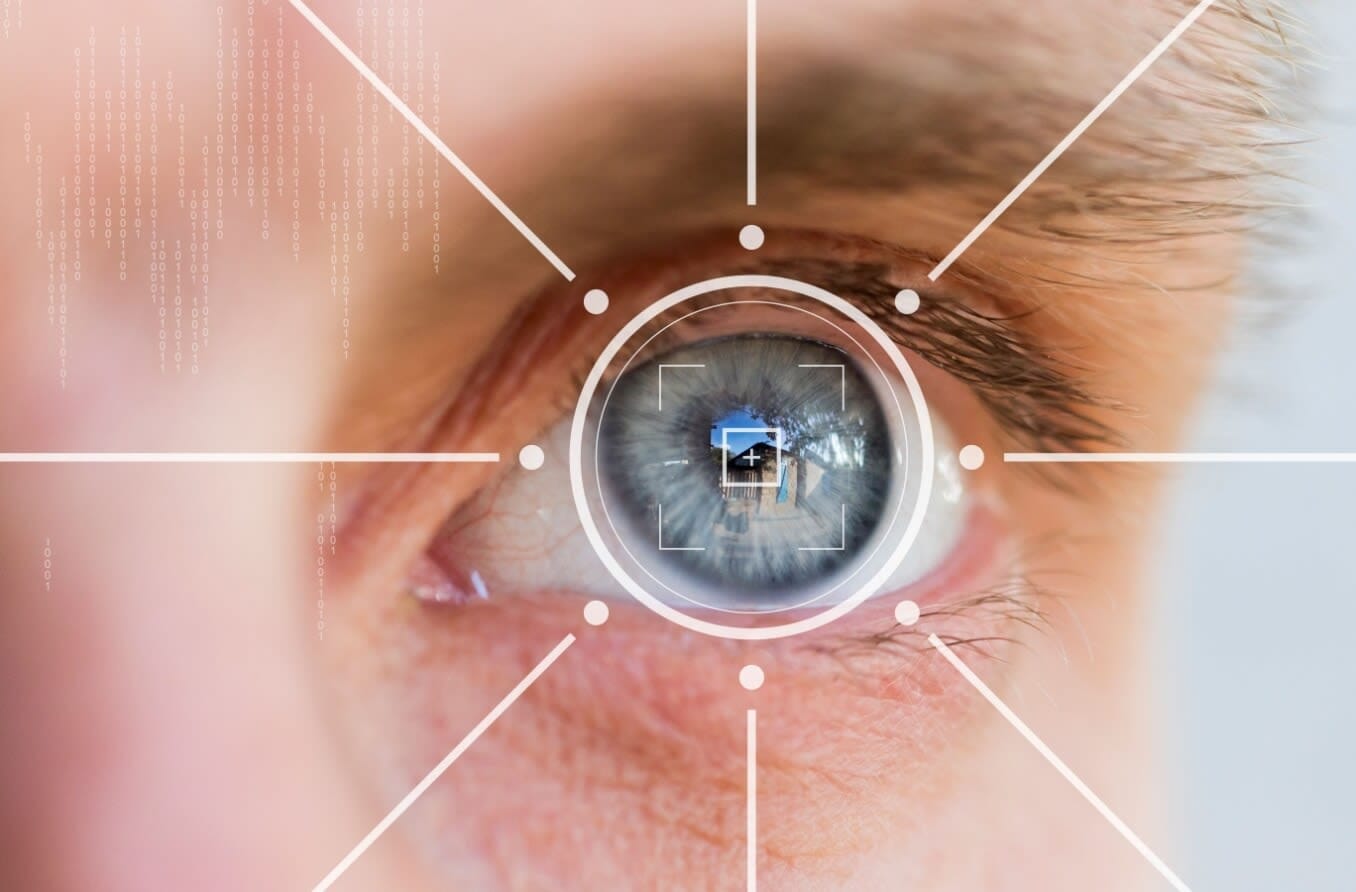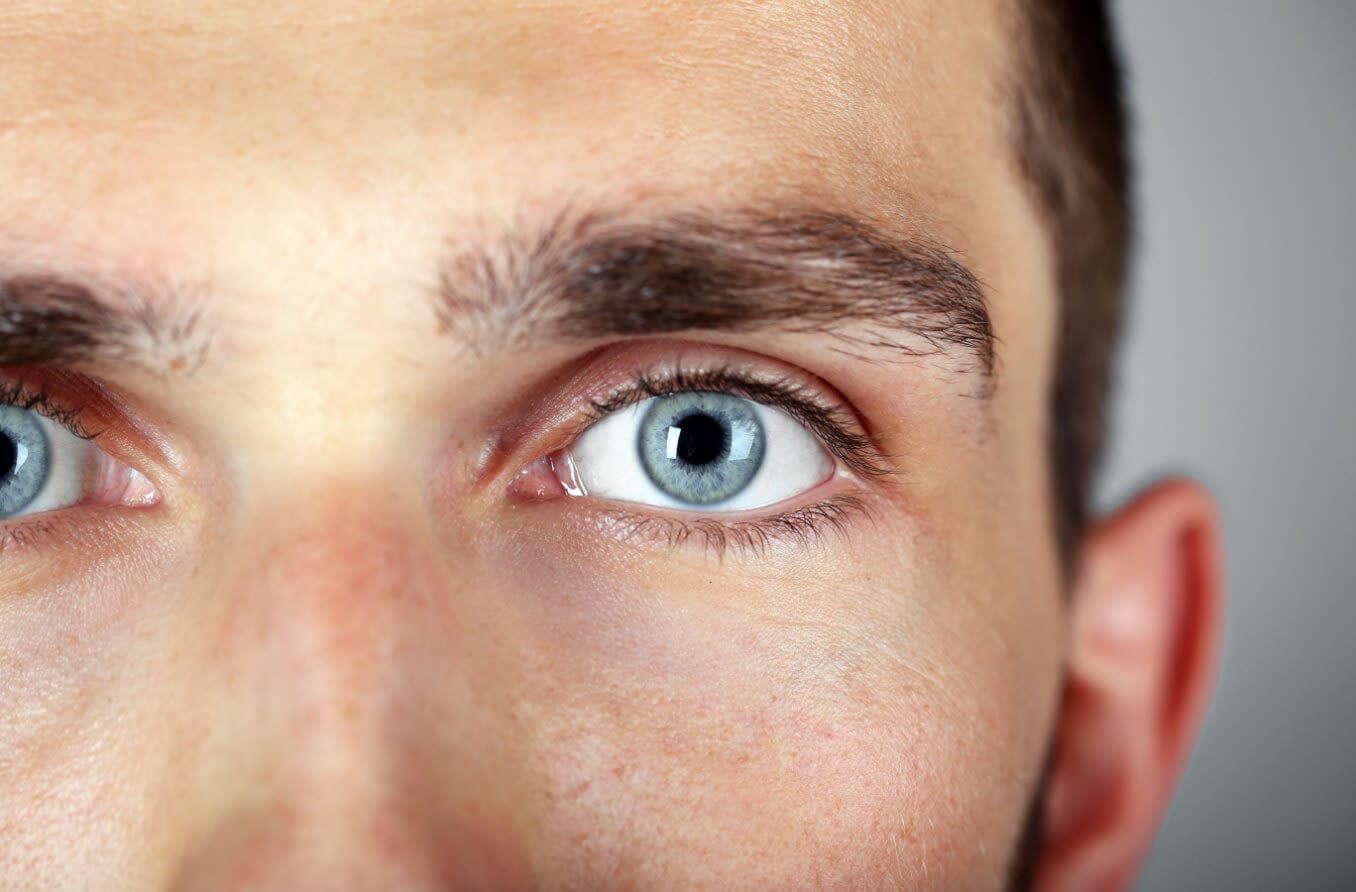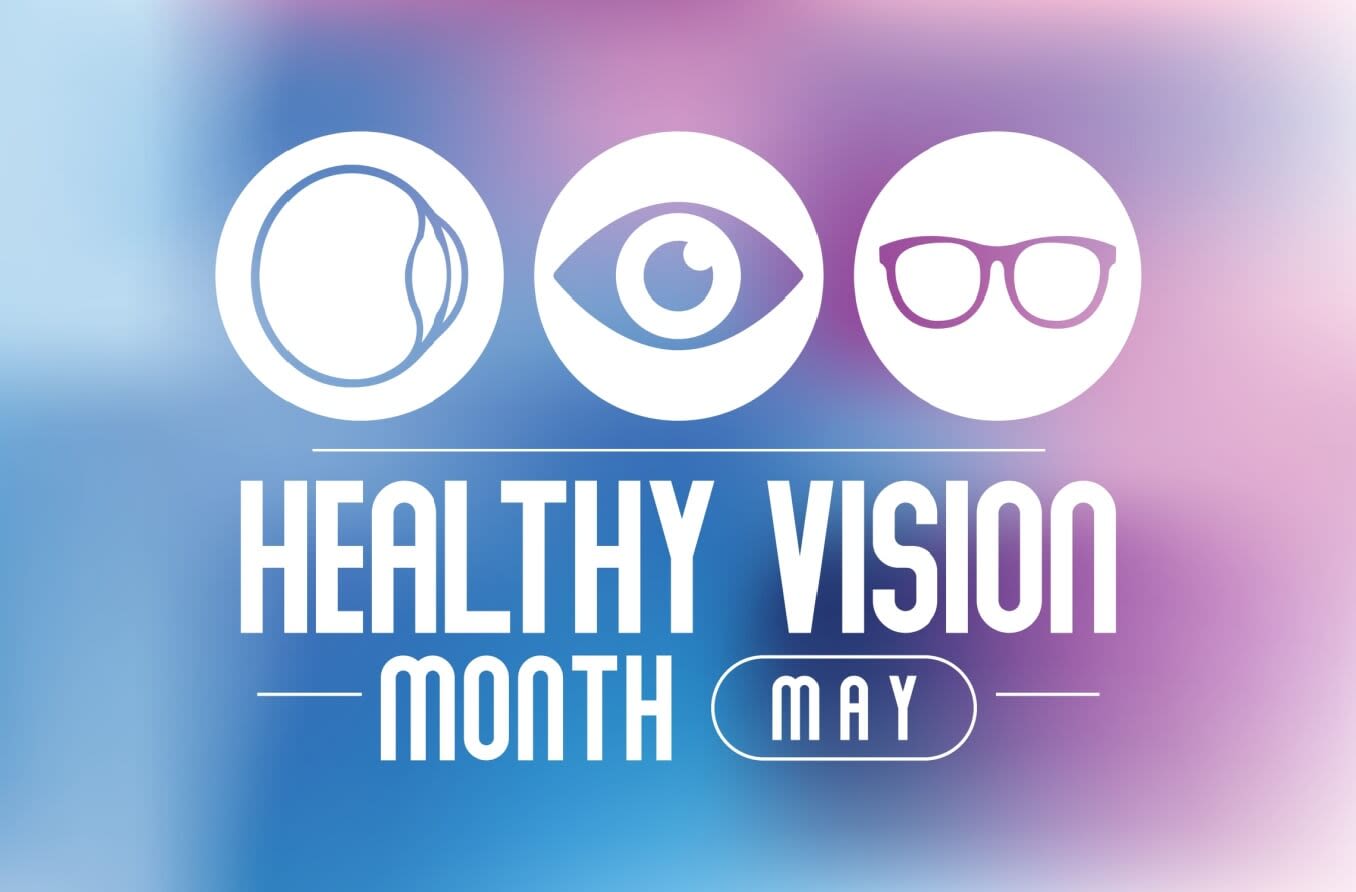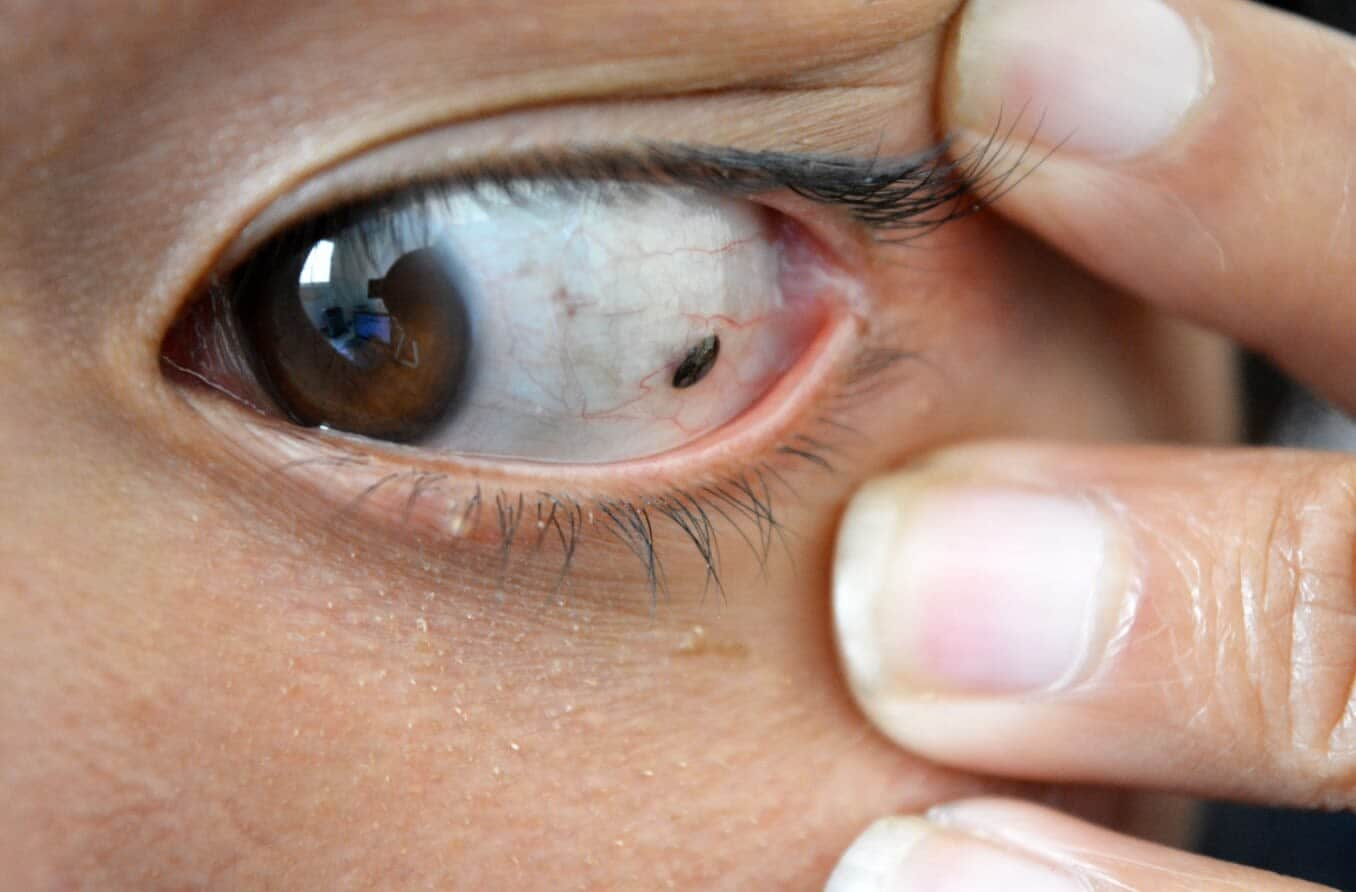Eye symbols across different cultures
From the “evil eye” to the Eye of Providence, here is a brief guide to understanding eye symbolism in different cultures.
Symbolism of the Jewish evil eye
One belief in Judaism is that a person or other being can wreak havoc or harm with the power of a simple gaze, or a look in their eyes. It can represent envious and evil connotations as well. What we’re referring to is called the “evil eye.”
The superstition of the evil eye is referenced several times in the Torah and other texts, making it a significant element of the Jewish religion. It is believed that if the evil eye is directed at a person or thing, it can cause some form of harm or damage.
Some special practices are believed to ward off the evil eye, such as:
Spitting three times after a mention of the name of a person believed to be in danger.
Protecting someone’s soul by stating, “let it be without the evil eye,” when discussing their upcoming events or goals.
Wearing Hamsas or other amulets that feature an image of an eye, which is designed to protect against the figurative evil eye. Hamsas are also embraced by the Islamic culture. (See more about this below.)
Although the evil eye is discussed widely in Judaism, the concept has been adopted by other cultures and has made its way to mainstream society. You can often find versions of a Hamsa or other images of an eye to ward off the evil eye in jewelry, clothing, decor and other textiles in regular stores or vendors. Some people even get permanent tattoos of the image.
Hamsa vs. Hand of Fatima
Also called the Hand of Fatima, a Hamsa is an image of a human hand with an eye in the center of the palm, often surrounded by other patterns throughout the palm and fingers. This symbol is believed to protect against the evil eye.
The image is recognized in both Judaism and Islamic cultures. It may be referred to as either name (the Hand of Fatima or a Hamsa), depending on the individual describing it.
When referencing the image as the Hand of Fatima, it’s important to recognize that the name Fatima comes from the daughter of the Prophet Mohammad, who founded Islam. The number five is also significant, as it represents the five pillars of Islam. This is reflected in the Hand of Fatima, given the five fingers of the hand.
Hamsas or Hands of Fatima can be found in jewelry, keychains, wall hangings and other materials and are often displayed in the households of those who follow the practices of Islam and/or Judaism. Some may also call it the Eye of Fatima.
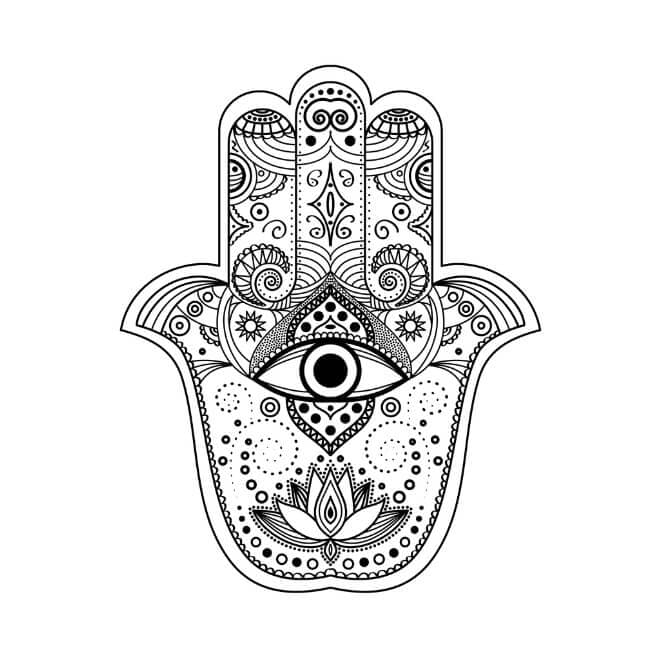
Hamsa hand symbol.
Third Eye of Shiva
An Indian legend tells the story of the Hindu god Shiva and how he opened his third eye. In the story, Kama, the Hindu god of love and lust, concealed himself behind a tree and fired an arrow at Shiva, directing it toward his heart.
Kama was trying to tempt Shiva with lust, but Shiva fought back by opening up his third eye — known as a fiery eye — burning and reducing Kama to ashes. As Shiva resisted the temptation, he found clarity within himself. The message of the story is that by “awakening your third eye,” you, too, can find inner clarity.
It’s common for those who do yoga to acknowledge the third eye, which is located just above and between the eyes. At the beginning and/or end of yoga sessions, yogis place their hands in a prayer position in front of the third eye to acknowledge the clarity achieved during practice. The hands are then lowered in front of the heart.
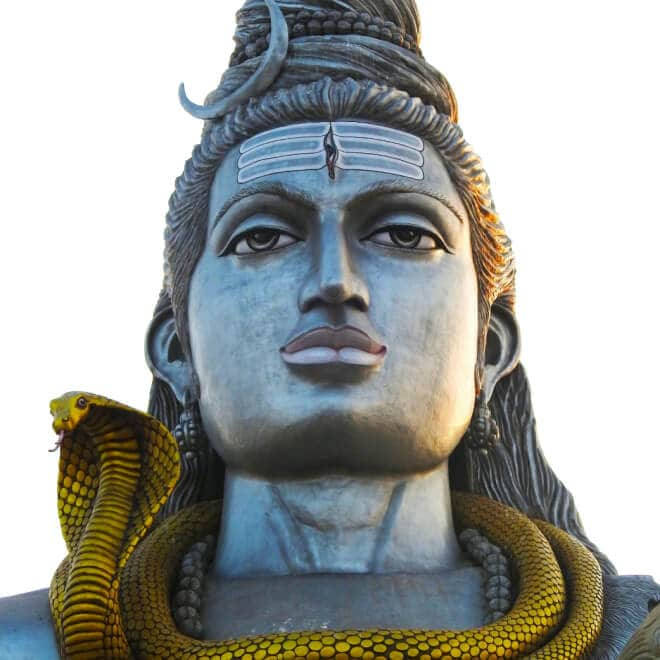
Shiva statue in India.
Pineal gland: The third eye by another name
The pineal gland is a small gland within the endocrine system that secretes melatonin, which is commonly called the “sleep hormone.” It helps regulate your 24-hour sleep-wake cycle, also called your circadian rhythm.
The pineal gland is located in the deep center of the brain. Both the gland and your circadian rhythm also rely on light, whether artificial or natural daylight, for balance. Because of this connection to light, and its deep placement in the brain, the pineal gland is believed to connect the spiritual and physical worlds within a person. Furthermore, the pineal gland is sometimes called the “third eye” because of its location and function.
There’s no medical proof that the pineal gland serves more of a purpose than sleep regulation, but many believe there is a spiritual connection.
Eye of Providence
The Eye of Providence, also known as the Eye of Horus, is another well-known symbol in both ancient and modern cultures. With origins tracing back to Classical Greece, the Eye of Providence is said to be a symbol of divine providence. Its meaning translates to God watching over humanity. In more general terms, it refers to the protective eye of a deity.
The Eye of Providence has been found in cultural references such as:
Astrology
Kabala
Alchemy
Rosicrucianism
Freemasonry
You can also find the Eye of Providence on the reverse side of a U.S. dollar bill. It sits on the opposite side of the Great Seal of the United States. In terms of symbolism, the seal and the eye in the dollar bill were meant to represent watchfulness and protection.
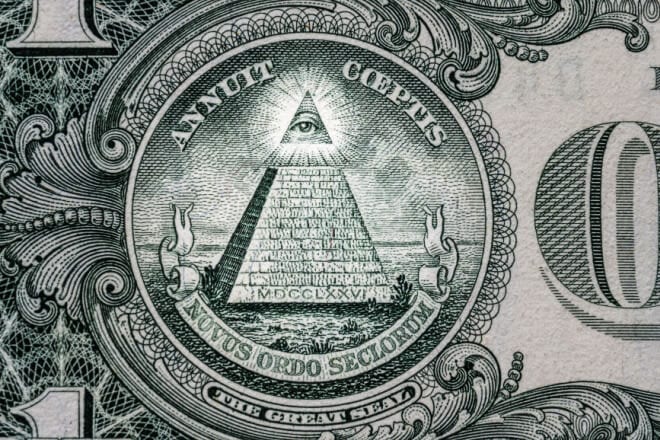
All-seeing eye on U.S. currency.
“The eyes have it”
No matter what culture(s) you identify with, it’s likely that you’ll find some symbolism in the eyes. Aside from religious texts and stories, there is significance in the basic ways the eyes look and how they move. For example, some members of society may find importance in:
Eye contact (and lack thereof) during conversation
Eye movement or expressions used to convey truthfulness or other emotions
Eye rolling as a negative emotional response
Though some examples are superficial, they can be quite important in communication — and just as important when it comes to identifying the symbolism behind the eyes.
READ NEXT: The importance of eye contact for child development
